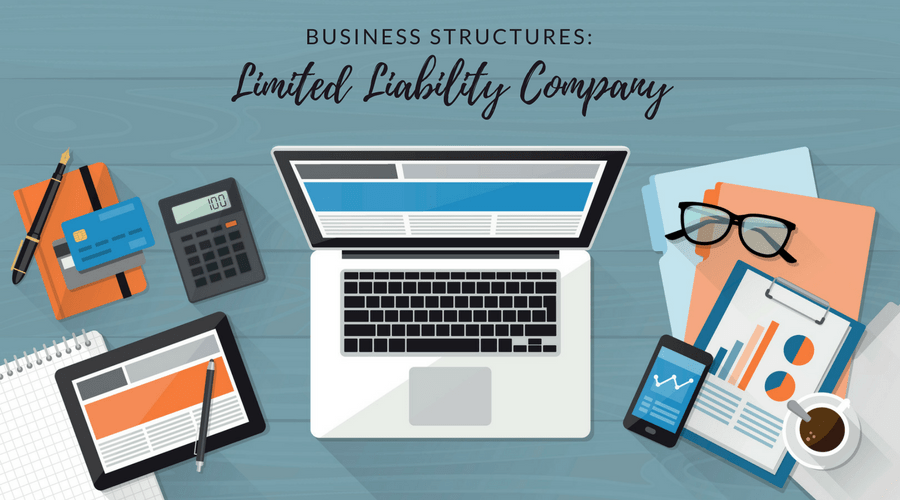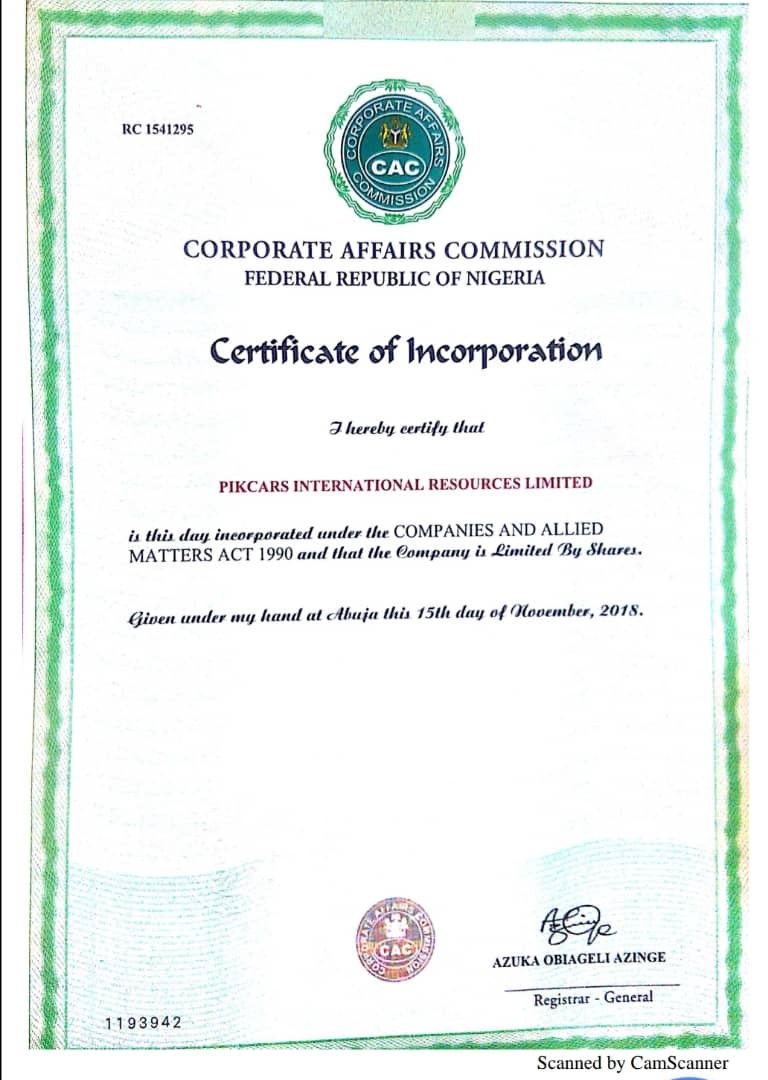Back to: COMMERCE SS2
Welcome to Class !!
We are eager to have you join us !!
In today’s Commerce class, We will be learning about Limited Liability Companies. We hope you enjoy the class!

JOINT STOCK COMPANY
A company is an association of individuals who agreed to and jointly pool their capital together in order to established and own business ventures distinct from their owners.
A company is, therefore, a business organization which has legal existence that is distinct from those of its owners. It is referred to as a legal entity or an artificial person because it has the rights and duties of an individual e.g. payment of taxes, ability to own and sell properties; ability to sue and be sued.
A company may have limited or unlimited liability.
TYPES OF COMPANIES
- Unlimited Liability Companies: Owners of those types of companies have unlimited liabilities.
- Companies Limited by Guarantee: The liability of shareholders of these companies is limited to the amount they have promised to contribute in case the company runs into debt (or is wind up/liquidated).
- Companies Limited by Shares (i.e. Limited Liability Companies): The liability of the shareholders of these companies is limited to their shareholding in the business.
FEATURES OF LIMITED LIABILITY COMPANY
- Separate Legal Entity: Limited Liability Companies have a distinct personality from that of the members (Shareholders)
- Perpetual Succession: The Company enjoys continuous existence i.e. the death of its shareholders will not affect the existence of the company.
- Limited Liability: The liability of a shareholder of a limited liability company is limited to the fully paid-up value of the shares he holds; so that if the company is in debts and cannot pay or meet the demands of its creditors, the shareholder con lose only the money used in buying the shares. i.e. his personal property cannot be sold to pay off the debts.
- Ownership is Separate From Management: The company is owned by the shareholders while the management of the company is in the hand of the board of directors appointed by the shareholders.
- Formation Formalities: A limited liability company must be registered (incorporated) under the Companies and Allied Matters Act (1990)
- Preparation of Annual Accounts: A Limited Liability Company is required by law to keep certain prescribed books of account. The accounts must be audited annually
- Specific Line of Business: A limited liability company is authorized by law to carry on only those businesses that are specified in the objects clause of its Memorandum of Association
TYPES OF LIMITED LIABILITY COMPANIES
- Private Limited Company (Private Company or close company)
- Public Limited Company (Public Company)
Features and Comparison of Public and Private Limited Companies
| Private Company | Public Company | |
| 1. | Has a minimum of two members (Shareholders) | Has a minimum of seven members |
| 2. | The maximum number of shareholders is fifty | There is no limit to the number of shareholders |
| 3. | Shares are not transferable from one person to another without the consent of other members | Shares are easily transferable at will i.e. without the consent of other members |
| 4. | Shares are not quoted or traded at the Stock Exchange | Shares are quoted and traded at the Stock Exchange |
| 5. | Cannot invite the public to subscribe for (buy) its shares | Can invite the public to subscribe for its shares |
| 6. | Not legally required to publish its accounts or trading results annually * However it must submit a copy of its annual accounts with the Registrar of Companies | Legal required to publish its annual accounts usually in two national newspaper * Must also submit its annual account to the Registrar of Companies |
| 7. | Its name ends with “Ltd” (meaning Limited) | Its name ends with “PLC” (meaning Public Limited Company) |
| 8. | Can start business operations upon being issued a certificate of incorporation | In addition to the certificate of incorporation, a PLC must be issued with a Certificate of Trading before it can commence business operations |
FORMATION OF A COMPANY
A Company is usually formed by promoters who carry out the preliminaries leading to the formation of a company. The promoters are those that conceive the business ideas, initiate the company, draft the documents which are required to be filled with the Corporate Affairs Commission (CAC).
The documents to be presented to the Corporate Affairs Commission includes:
- Memorandum of Association: This is the document that governs a company’s relationship with the outside world i.e. it contains matters of interest to outsiders who may wish to deal with the company. The Memorandum of Association defines the powers of the Company. The Memorandum of Association contains the following clauses
- The name of the company which must end with the word “Limited” or “Plc”
- The address of the registered office (Head Office) of the Company
- The objects of the company i.e. particulars of the types of business to be undertaken by the company
- A declaration that the liability of the members is limited
- The amount of the authorized capital and the number of shares into which it is divided
- The names of the founder members and the number of shares taken up by each of them
- Articles of Association: This is a document by which a company’s relations with its members as a body are governed. It contains the regulations which govern the organization and internal management of the company’s affairs; and in it, the duties, right and power of the members are stated. The contents of the Articles of Association are
- The method of issue of Capital
- Method of holding general meetings of shareholders
- The voting rights of shareholders
- The election, remuneration, qualification, rights, obligations, power as well as the removal of directors.
- The issue, transfer and forfeiture of shares
- The arrangement for the sharing of profits and the payment of dividends
- The arrangement for auditing the accounts i.e. the appointment, remuneration and i.e. the appointment, remuneration and removal of auditors; the method of audit
- The borrowing powers of the company
- The borrowing powers of the directors
- The method of dealing with any alteration in the amount of capital
- Winding up procedures etc.
- Statutory Declaration: This is a statement of declaration that the promoters of the company have fulfilled all necessary requirements for the formation of the company.
REVIEW QUESTIONS
- List six contents of the Memorandum of Association of a limited liability company.
- Distinguish between a partnership and private limited companies under the following headings.
(a) Ownership (b) Formation (c) Distribution of profits (d) Liability (e) Continuity of existence
OTHER DOCUMENTS/TERM RELATED TO LIMITED LIABILITY COMPANIES
- The Prospectus: A prospectus is a document by which a public limited company invites members of the public to subscribe for its shares or debentures. CAMA (1990) defines a prospectus as “any notice, circular, advertisement which invites the public for subscription or purchase of shares of a company
Contents: The prospectus must contain certain information such as
- The name of the company and its registration number
- The share capital of the company – i.e. the Authorized share capital or Normal share Capital
- The names and address of its directors, bankers, solicitors, auditors, brokers and secretary
- The amount of the capital offered for subscription
- The date of opening the list
- The closing date for application to the offer
- The nature of capital offered for subscription
- The amount payable on application and allotment of each share
- Minimum number of shares to be subscribed for
- The purpose for which the issue of capital is required e.g. to provide further capital for expansion of the business etc.
2. UNDERWRITING: This is the process whereby some persons, banks, insurance companies or other financial institutions agrees to take the whole or portions of shares a company has offered to the public in the event that such shares were not taken up (i.e. not bought by the public
Having compiled with the registration formalities and after being satisfied with these conditions the CAC issues a “Certificate of Incorporation” to confer legal existence on the company. It also issues a “Certificate of Trading” in case of a public limited company to enable the company to commence business
- CERTIFICATE OF INCORPORATION: This is the certificate issued by the Registrar of Companies to signify that a business unit has been incorporated.
- CERTIFICATE OF TRADING: This is a certificate issued to a public company by the Registrar of Companies to enable the company to commence business activities

ADVANTAGES OF LIMITED LIABILITY COMPANIES
- It is a legal entity
- It has perpetual succession i.e. there is continuity
- Shareholders have limited liability
- Economies of large scale production are possible
- Shares are transferable
- Wider scope to mobilize large capital
- Ownership is separate from management
- Democracy is inherent in its management
- There is specialization in management
- The risks of the business are spread over a large number of shareholders
DISADVANTAGES OF LIMITED LIABILITY COMPANIES
- Restriction in the transfer of shares (for a private company)
- Lack of privacy
- Delay in decision making/slow decision-making process
- The difficult and costly formation process
- Lack of personal contact or relationship between owners and customers/workers
- Non-flexibility of operations because of restrictions imposed by the objects clause
- Much capital is needed
- Conflict of interest between shareholders and management
SOURCE OF FINANCE (CAPITAL) FOR A LIMITED LIABILITY COMPANY
- Issue of shares
- Issue of debentures
- Retained profits or ploughed – back profits
- Bank loans and overdrafts
- Trade credits (i.e. credit purchases)
- Equipment leasing
- Hire purchase
- Debt Factoring
- Sale of Assets
- Government sources e.g. Tax holidays, rebates, subsidies
- Institutional Sources
EVALUATION QUESTIONS
- State four advantages and four disadvantages of converting a business into a public limited company
- State eight sources of finance available to a public limited company.
GENERAL EVALUATION/REVISION QUESTIONS
1 State six features of a limited liability company
2 List seven differences between a private limited company and a public limited company
3 Explain five measures a country could take to solve its balance of payments problems
4 State five functions of an entrepreneur
5 List five advantages and four disadvantages of automatic vending
THEORY
- State (a) two advantages and (b) two disadvantages of trading as a partnership compared with a private limited company
- Give five reasons why the limited liability company is growing in popularly as a form of business organization in your country
We have come to the end of this class. We do hope you enjoyed the class?
Should you have any further question, feel free to ask in the comment section below and trust us to respond as soon as possible.
In our next class, we will continue learning about Limited Liability Companies. We are very much eager to meet you there.

Please explain the sources of capital for a limited liability company
Great note I really enjoyed the class